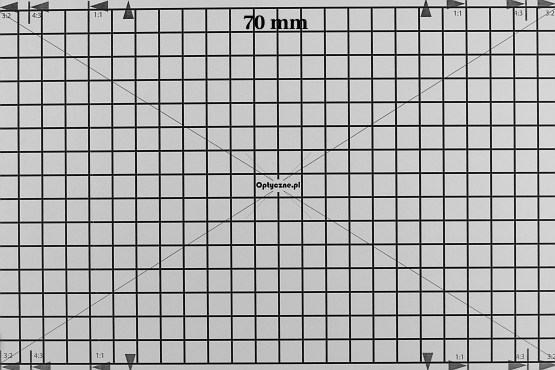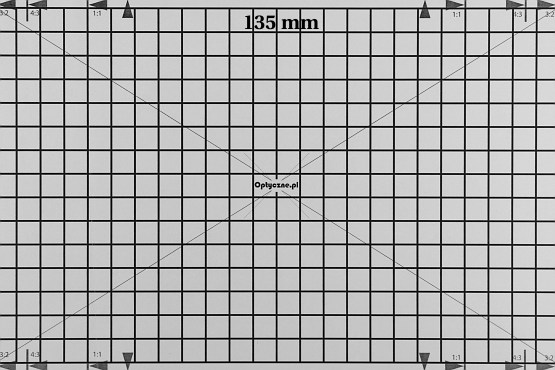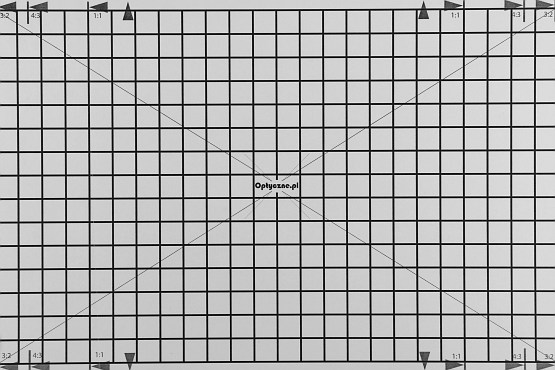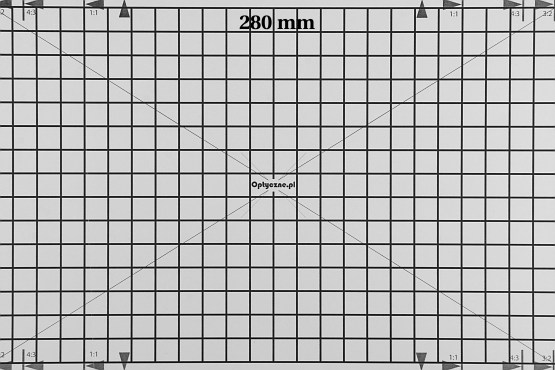Tamron SP AF 70-200 mm f/2.8 Di LD (IF) MACRO
6. Distortion
Please Support UsIf you enjoy our reviews and articles, and you want us to continue our work please, support our website by donating through PayPal. The funds are going to be used for paying our editorial team, renting servers, and equipping our testing studio; only that way we will be able to continue providing you interesting content for free. |
- - - - - - - - - - - - - - - - - - - - - - - - - - - - - - - - - - - - - - - - - - - - - - - -
In this chapter, once again we should start by reminding ourselves the achievements of the Tamron’s competitors. At once we must say that, in this category, the frame distortion has never been a serious problem. The Canon 70-200 mm f/2.8 IS had the distortion level in the range from -0.39% do 0.54%., proportionally to the increase of the focal length. For the Canon without the image stabilization, the range was from -0.49% to 0.49%, for the Sigma 70-200 mm, tested on the Canon 20D body, the results were from -0.47% to 0.80%.
The achievements of the Tamron are very much the same. At the shortest focal lengths we had a slight barrel distortion of –0.46%, which, at 135 mm turned into a 0.36% pincushion. The highest value of this aberration we noticed at the maximum focal length with the result of 0.64%. After the connection to a converter, so at 280 mm focal length, the result, within the margin of error, was similar to that at 200 mm and amounted to 0.67%.
 |
 |
 |
 |






